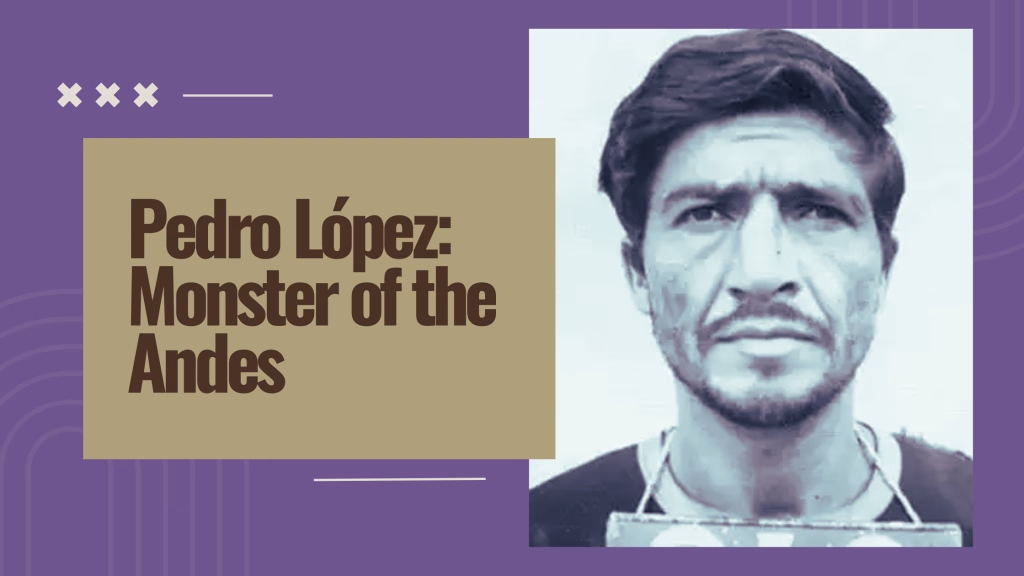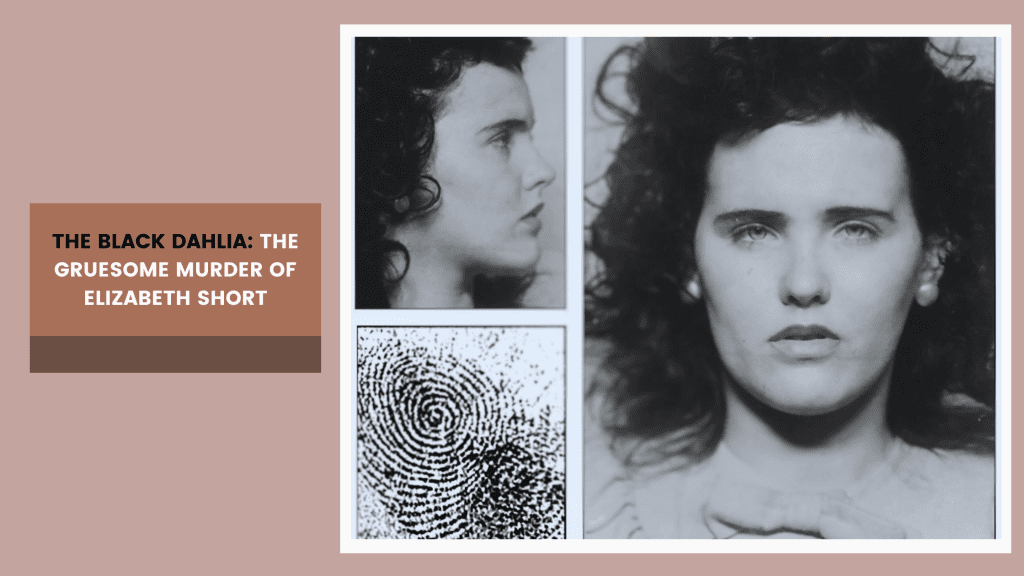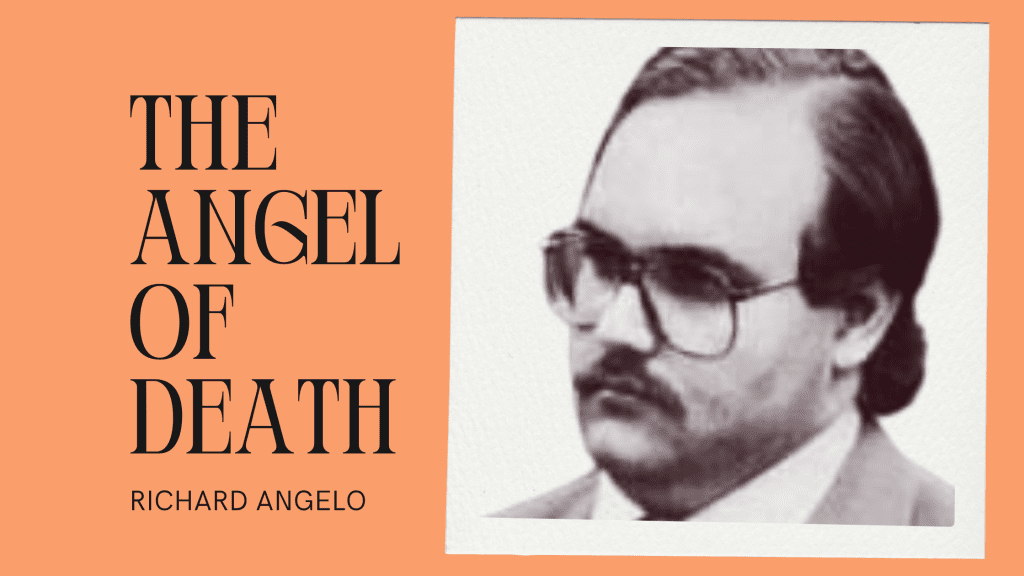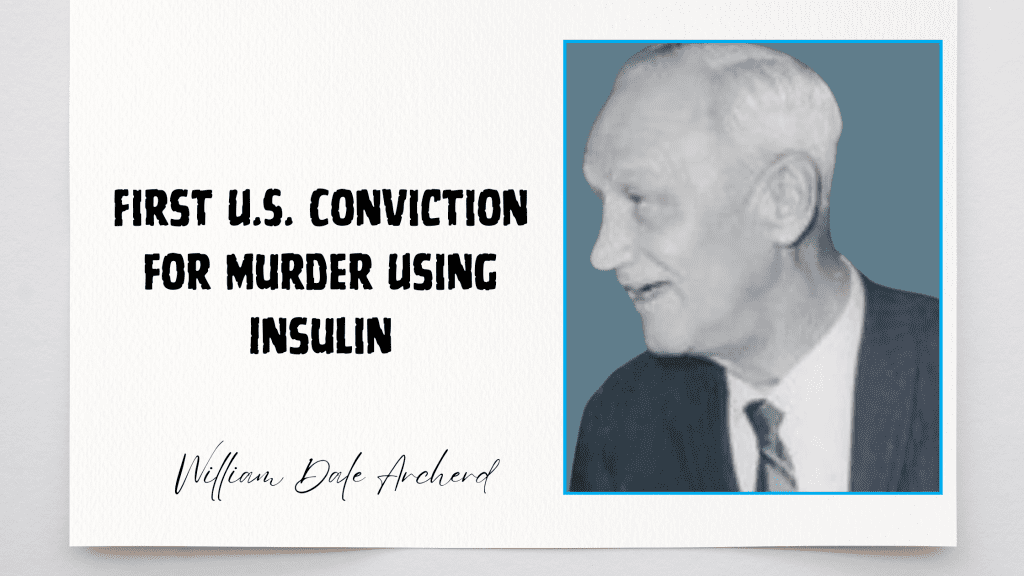Pedro Alonso López, infamously dubbed the Monster of the Andes, is one of history’s most prolific serial killers. Between 1969 and 1980, López preyed on vulnerable young girls in Colombia, Peru, and Ecuador, confessing to over 300 murders. His crimes—marked by manipulation, sexual violence, and ritualistic acts—expose a harrowing intersection of psychopathy, societal neglect, and judicial incompetence.
A Childhood Forged in Brutality
López’s descent into violence began in Santa Isabel, Colombia, where he was born in 1948 amid the chaos of La Violencia, a decade-long civil war. Abandoned by his mother at age eight after sexually assaulting his sister, he survived on Bogotá’s streets, enduring rape, addiction to basuco (cocaine paste), and gang violence. By 12, he was molested by a teacher, cementing his hatred for authority and warped connection between sex and power.
Key turning points:
Witnessing his mother’s prostitution and abuse.
Repeated sexual assaults by strangers and inmates during brief imprisonments.
Developing a nihilistic worldview: “I wanted revenge on humanity for taking my innocence.”
The Killing Spree: Methods and Madness
By the 1970s, López escalated from theft to predation. His victims were girls aged 8–12, often poor or Indigenous, lured with promises of trinkets or help. His ritualistic process:
- Luring: Posing as a lost traveler or vendor to gain trust.
- Assault: Raping victims in isolated areas, then strangling them at dawn to “see their eyes.”
- Post-Mortem Rituals: Holding “tea parties” with corpses, calling them “dolls.”
López targeted marginalized communities, knowing authorities ignored disappearances among the poor. In Ecuador alone, he killed 110 girls in under a year.
Capture and Chaotic Justice
In 1980, a mob in Ambato, Ecuador, caught López stalking a girl. Undercover officer Pastor González spent weeks extracting confessions, revealing over 300 murders. Yet, legal failures prevailed:
- Ecuador: Sentenced to just 16 years for 57 confirmed murders (1.5 months per victim).
- Colombia: Briefly jailed for one murder; declared “sane” and released in 1998.
- Peru: Never charged despite admitting to 50–80 killings.
López’s light sentences underscored systemic corruption and outdated laws. As one official admitted: “The constitution tied our hands.”
Societal Complicity: A Breeding Ground for Evil
López thrived in environments where poverty and violence normalized suffering:
Civil War: Colombia’s conflict displaced thousands, creating armies of “disposable” street children.
Police Indifference: Crimes against the poor were ignored; López’s victims’ families were dismissed as “runaways.”
Cultural Trauma: Indigenous communities, distrusting authorities, resorted to vigilante justice, nearly burying López alive before a missionary intervened.
Psychological Profile: Nature vs. Nurture
Psychologists diagnosed López with antisocial personality disorder, marked by:
- Lack of Empathy: “Death erases everything. I felt nothing.”
- Narcissism: Claiming divine status: “I am God. I give life and take it.”
- Sexual Sadism: Linking arousal to dominance and innocence destruction.
Debates persist: Was López born broken, or molded by a lifetime of abuse? Most experts argue his crimes were “nurtured” by relentless trauma.
Read more here: The Beast of Colombia, Luis Garavito
Legacy: Vanished but Not Forgotten
After his 1998 release, López disappeared. Rumors swirl:
- Murdered: Vengeful families may have hired hitmen.
- In Hiding: Possibly in North America, exploiting migrant networks.
- Death: Natural causes, given his age (73 as of 2023).
His case spurred legal reforms in Ecuador, raising maximum sentences to 25 years. Yet, his ghost lingers—a symbol of justice denied.
Conclusion
Pedro López’s atrocities are a dark mirror reflecting societal rot. While his childhood trauma explains his rage, it never excuses it. His victims, nameless and forgotten in life, demand remembrance. López’s story is a call to protect the vulnerable and reform systems that let monsters walk free.





Pingback: Harold Shipman: Doctor Who Killed 250 Patients - Serial Killers Perspectives